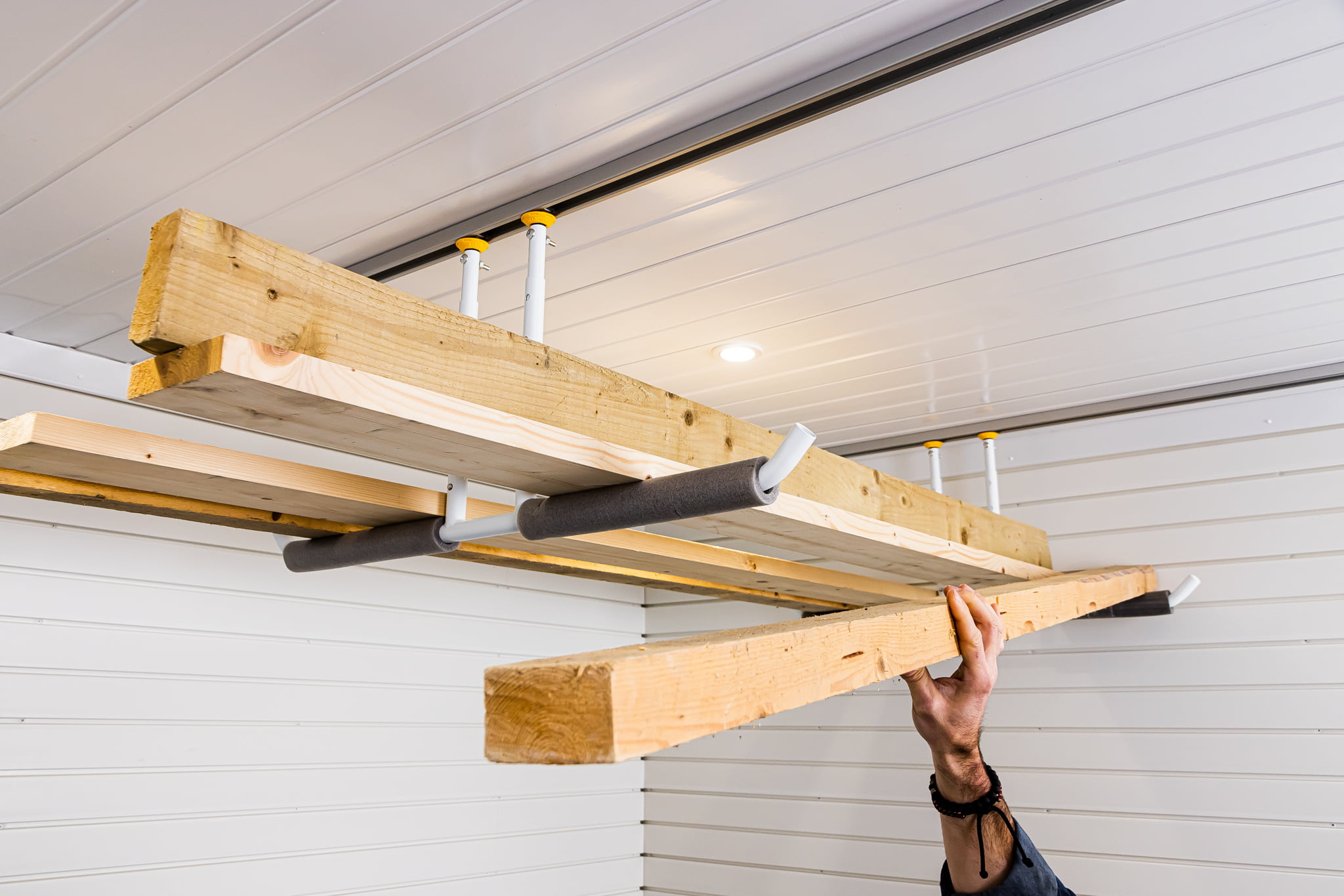

Articles
How Much Weight Can Ceiling Hooks Hold
Modified: December 7, 2023
Discover how much weight ceiling hooks can hold with our informative articles. Get expert insights and find the right hooks for your needs.
(Many of the links in this article redirect to a specific reviewed product. Your purchase of these products through affiliate links helps to generate commission for Storables.com, at no extra cost. Learn more)
Introduction
When it comes to utilizing every inch of space in our homes or offices, ceiling hooks can be a game-changer. These sturdy and versatile hardware pieces allow us to hang a variety of items from the ceiling, freeing up valuable floor and wall space. From plants and lighting fixtures to storage solutions and decorations, ceiling hooks can be used for a myriad of purposes.
However, before you start suspending objects from your ceiling, it’s essential to have a clear understanding of how much weight ceiling hooks can hold. Overloading a ceiling hook can lead to damage, accidents, and even injuries. In this article, we will dive into the factors that affect the weight capacity of ceiling hooks, the different types available, and the considerations and safety precautions you need to keep in mind.
Understanding the weight capacity of ceiling hooks begins with recognizing the factors that can influence their strength and resilience. These factors include the material of the hook, its design and construction, the type of fasteners used to secure it, and the condition of the ceiling itself. Let’s take a closer look at these influential factors to ensure you have all the necessary knowledge to make an informed decision.
Key Takeaways:
- Understanding the weight capacity of ceiling hooks is crucial for safe and efficient usage. Factors such as material, design, and fasteners significantly impact their strength, requiring careful consideration before installation.
- When using ceiling hooks, prioritize safety by following weight capacity guidelines, distributing weight evenly, and regularly inspecting the hooks. With proper knowledge and precautions, ceiling hooks can provide reliable and convenient hanging solutions.
Read more: How Much Weight Can A Ceiling Fan Hold
Factors Affecting Weight Capacity
Several key factors can impact the weight capacity of ceiling hooks. Understanding these factors will help you determine the appropriate weight limit for your specific needs. Here are the primary factors to consider:
- Hook Material: The material from which the hook is made can significantly impact its weight capacity. Common materials used for ceiling hooks include steel, brass, and aluminum. Steel hooks tend to have the highest weight capacity, followed by brass and aluminum hooks.
- Hook Design and Construction: The design and construction of the hook, such as its shape, thickness, and overall structure, also affect its weight capacity. Hooks with thicker and more robust designs typically have higher weight capacities compared to thinner and more delicate hooks.
- Fasteners: The type and quality of fasteners used to secure the hook to the ceiling play a crucial role in determining its weight capacity. Strong and durable fasteners, such as heavy-duty screws or anchors, are essential for supporting heavier loads. It’s crucial to use the appropriate fasteners recommended for your specific ceiling type to ensure secure installation.
- Ceiling Condition: The condition of the ceiling itself can impact the weight capacity of ceiling hooks. If the ceiling is weak or damaged, it may not be able to support heavy loads. It’s important to ensure that the ceiling is structurally sound and capable of withstanding the weight you plan to hang from the hooks.
By considering these factors, you can gain a better understanding of the weight capacity of ceiling hooks and make informed decisions regarding their usage. However, it’s important to note that weight capacity ratings provided by manufacturers are only general guidelines. It’s always wise to err on the side of caution and test the strength of the hooks under controlled conditions before hanging heavy items.
Types of Ceiling Hooks
Ceiling hooks come in various designs and configurations, each tailored to different applications. Understanding the different types of ceiling hooks will help you choose the most suitable option for your specific needs. Here are some common types of ceiling hooks:
- Screw-in Hooks: Screw-in hooks are the most common and versatile type of ceiling hooks. These hooks typically have a threaded end that allows them to be easily screwed into the ceiling. They come in different sizes and weight capacities, making them suitable for a wide range of hanging needs.
- Snap Hooks: Snap hooks, also known as carabiner hooks, feature a spring-loaded gate that allows for quick and easy attachment and detachment of items. These hooks are commonly used for hanging lightweight items such as plants, curtains, or small decorations.
- Swag Hooks: Swag hooks are specifically designed for hanging light fixtures, chandeliers, or pendant lights from the ceiling. They often have a decorative design and come with a loop or a hook for securely suspending the light fixture.
- Magnetic Hooks: Magnetic hooks utilize strong magnets to attach to metal surfaces, making them an ideal option for hanging lightweight items on metal ceilings or surfaces. These hooks are easy to install and remove without any tools or hardware.
- Adhesive Hooks: Adhesive hooks are another convenient option for hanging lightweight items on smooth ceilings. These hooks feature an adhesive backing that sticks securely to the ceiling surface. They are easy to install and remove without leaving any residue or damaging the ceiling.
These are just a few examples of the different types of ceiling hooks available. It’s essential to consider the weight capacity, installation method, and specific application requirements when choosing the right type of hook for your needs.
Weight Capacity of Different Ceiling Hooks
The weight capacity of ceiling hooks can vary depending on their design, material, and intended usage. Here is a general overview of the weight capacities for different types of ceiling hooks:
- Screw-in Hooks: Screw-in hooks typically have weight capacities ranging from 5 to 100 pounds (2.27 to 45.36 kilograms), depending on the size and material. Smaller hooks with thinner designs can support lighter loads, while larger and more robust hooks can handle heavier items.
- Snap Hooks: Snap hooks are designed for light-duty applications. They are typically capable of holding objects weighing up to 10 pounds (4.54 kilograms). It’s important to note that snap hooks may not be suitable for heavy or bulky items due to their small size and limited strength.
- Swag Hooks: Swag hooks for light fixtures often have higher weight capacities. They can safely support light fixtures weighing up to 50 pounds (22.68 kilograms) or more, depending on the specific design and construction of the hook.
- Magnetic Hooks: Magnetic hooks are generally designed for lightweight items. Their weight capacities typically range from 1 to 10 pounds (0.45 to 4.54 kilograms). It’s important to ensure that the weight of the item to be hung does not exceed the magnetic hook’s specified weight limit.
- Adhesive Hooks: Adhesive hooks are suitable for lightweight applications. They can typically hold items weighing up to 5 pounds (2.27 kilograms), although this may vary depending on the specific adhesive hook brand and model.
It’s crucial to follow the manufacturer’s recommendations and weight capacity guidelines when selecting and using ceiling hooks. Bear in mind that these weight capacities are general guidelines, and you should consider factors such as the condition of your ceiling, the stability of the fasteners, and the distribution of weight for optimal safety.
If you need to hang particularly heavy items from the ceiling, it’s advisable to consult a professional or consider alternative suspension methods such as using heavy-duty anchors or properly installed support beams.
When installing ceiling hooks, always check the weight limit specified by the manufacturer. It’s important to distribute weight evenly and use appropriate hardware for the ceiling material.
Considerations for Choosing the Right Ceiling Hook
Choosing the right ceiling hook involves considering several factors to ensure that it meets your specific needs and provides a safe and reliable hanging solution. Here are some essential considerations to keep in mind:
- Weight Capacity: Determine the weight of the item you plan to hang and choose a ceiling hook with a weight capacity that exceeds that weight. It’s crucial to have a safety margin to avoid overloading the hook and risking damage or accidents.
- Hook Type: Consider the type of hook that best suits your needs. Screw-in hooks are versatile and can handle a wide range of applications, while swag hooks are ideal for hanging light fixtures. Choose the hook type that matches your specific hanging requirements.
- Ceiling Material: Assess your ceiling material to ensure compatibility with the chosen hook. Different ceiling materials may require specific fasteners or installation methods. For example, a concrete ceiling may require anchor bolts, while a drywall ceiling may need toggle bolts or drywall anchors.
- Installation Method: Evaluate the ease of installation for the chosen hook. Some hooks may require drilling and screwing, while others may have adhesive backings or magnetic attachments. Select a hook that aligns with your preferred installation method and is suitable for your ceiling surface.
- Aesthetics: Consider the visual appearance of the hook, especially if it will be visible. Choose a hook that complements the overall aesthetic of your space or opt for decorative hooks if you want to enhance the visual appeal while still maintaining functionality.
- Quantity: Determine the number of hooks you need to accommodate your hanging requirements. Consider whether you need multiple hooks for distributing the weight more evenly or if a single hook will suffice.
- Budget: Set a budget for your ceiling hook purchase. Prices can vary depending on the type, material, and brand. Consider the value that the hook provides in terms of quality, durability, and safety.
By taking these considerations into account, you can ensure that you choose the right ceiling hook that meets your specific requirements, provides the necessary weight capacity and support, and enhances the functionality and aesthetic of your space.
Read more: How Much Weight Can Ceiling Joist Hold
Installation Tips for Ceiling Hooks
Proper installation of ceiling hooks is crucial to ensure their stability, safety, and ability to support the weight of the items you plan to hang. Follow these installation tips for successful results:
- Choose the Right Location: Determine the ideal location for your ceiling hook based on the weight distribution of the item and the structural integrity of the ceiling. Ensure that there are no electrical wires, plumbing, or other obstacles that could be damaged during installation.
- Prepare the Ceiling: Clean the area of the ceiling where you intend to install the hook. Remove any dirt, dust, or debris that could affect the adhesion or stability of the hook. If necessary, patch any holes or cracks in the ceiling before proceeding.
- Use the Proper Tools: Depending on the type of hook and the installation method, you may need specific tools such as a drill, screwdriver, level, or adhesive remover. Make sure you have the necessary tools on hand before starting the installation process.
- Follow the Manufacturer’s Instructions: Read the manufacturer’s instructions carefully and follow them step-by-step for proper installation. Each type of ceiling hook may have specific guidelines and requirements, so it’s essential to adhere to the recommended procedures.
- Securely Attach the Hook: Whether you are screwing in the hook, applying adhesive, or using another installation method, ensure that the hook is firmly and securely attached to the ceiling. Use the appropriate fasteners and follow the recommended weight capacity guidelines to avoid any chances of the hook loosening or coming off.
- Allow for Proper Drying Time: If you are using adhesive hooks, follow the instructions regarding drying or curing time. It’s important to allow sufficient time for the adhesive to fully bond with the ceiling surface before hanging any items.
- Test the Hook’s Stability: Before fully loading the hook with weight, give it a gentle tug or shake to ensure that it is secure and stable. If you notice any signs of instability or movement, consider reinforcing the hook or choosing a different installation method.
Remember, proper installation is key to the functionality and safety of your ceiling hooks. If you are unsure about the installation process or have concerns about the structural integrity of your ceiling, it is recommended to consult a professional.
By following these installation tips, you can ensure a successful and secure installation of your ceiling hooks, allowing you to hang items with confidence and utilize your ceiling space efficiently.
Safety Precautions when Using Ceiling Hooks
While ceiling hooks provide an excellent solution for hanging items and maximizing space, it’s important to prioritize safety to prevent accidents or damage. Here are some essential safety precautions to keep in mind when using ceiling hooks:
- Follow Weight Capacity Guidelines: Always adhere to the weight capacity limits specified by the manufacturer for the ceiling hook you are using. Overloading the hook can cause it to fail, leading to potential damage or injury.
- Distribute Weight Evenly: If you are hanging multiple items, distribute the weight evenly across multiple hooks or use an appropriate support system. Concentrating too much weight on a single hook can strain it and compromise its strength.
- Inspect Regularly: Periodically inspect the hooks and their attachments to ensure they remain in good condition. Look for any signs of wear, damage, or loosening. If you notice any issues, replace or reinforce the hooks as needed.
- Securely Fasten Items: Properly attach items to the hooks, ensuring they are stable and will not detach unexpectedly. Use appropriate hanging mechanisms such as cords, chains, or hooks designed for the specific item you are hanging.
- Avoid Overhead Hazards: Be mindful of the items you hang from ceiling hooks. Ensure they do not pose a hazard by swinging, hitting, or obstructing walkways or frequently accessed areas. Securely anchor items that may sway or move to prevent accidents.
- Keep Children and Pets in Mind: If you have children or pets in the house, take precautions to ensure that the items you hang from the hooks are not easily reachable or pose a danger. Consider the height and accessibility of the hooks when selecting their placement.
- Use Proper Lighting: Adequate lighting is crucial to identify any potential hazards or issues with the ceiling hooks. Ensure the area is well-lit during installation and regularly inspect the hooks in good lighting conditions to detect any concerns.
- Never Exceed Manufacturer Recommendations: Avoid modifying or altering the ceiling hooks in any way that may exceed the manufacturer’s recommendations. This includes adding additional weight capacity or using the hooks for purposes they were not intended for.
By following these safety precautions, you can minimize the risk of accidents, extend the longevity of your ceiling hooks, and ensure a safe and enjoyable environment. Remember to use common sense, exercise caution, and always prioritize safety when using ceiling hooks.
Conclusion
Ceiling hooks are valuable tools that allow us to maximize space and add functionality to our homes or offices. However, it is crucial to have a clear understanding of their weight capacity and follow proper installation and safety guidelines to prevent accidents or damage.
Factors such as hook material, design, fasteners, and ceiling condition significantly impact the weight capacity of ceiling hooks. By considering these factors, you can ensure that you choose the right hook for your specific needs.
There are various types of ceiling hooks available, including screw-in, snap, swag, magnetic, and adhesive hooks. Each type has its own weight capacity and installation requirements, so it’s important to select the appropriate hook for your intended purpose.
Take into account considerations such as weight capacity, hook type, ceiling material, aesthetics, and budget when choosing the right ceiling hook. Following proper installation tips, such as choosing the right location, preparing the ceiling, and using the proper tools, ensures a secure and stable attachment.
Safety precautions, such as following weight capacity limits, distributing weight evenly, inspecting regularly, and securely fastening items, are crucial when using ceiling hooks. Additionally, keeping in mind the presence of children and pets, avoiding overhead hazards, and using proper lighting enhances the safety of these installations.
In conclusion, with the appropriate knowledge and attention to safety, ceiling hooks can be reliable and convenient solutions for hanging a variety of items from the ceiling. Remember to always prioritize safety, follow manufacturer guidelines, and inspect hooks regularly to ensure their effectiveness and longevity.
Frequently Asked Questions about How Much Weight Can Ceiling Hooks Hold
Was this page helpful?
At Storables.com, we guarantee accurate and reliable information. Our content, validated by Expert Board Contributors, is crafted following stringent Editorial Policies. We're committed to providing you with well-researched, expert-backed insights for all your informational needs.

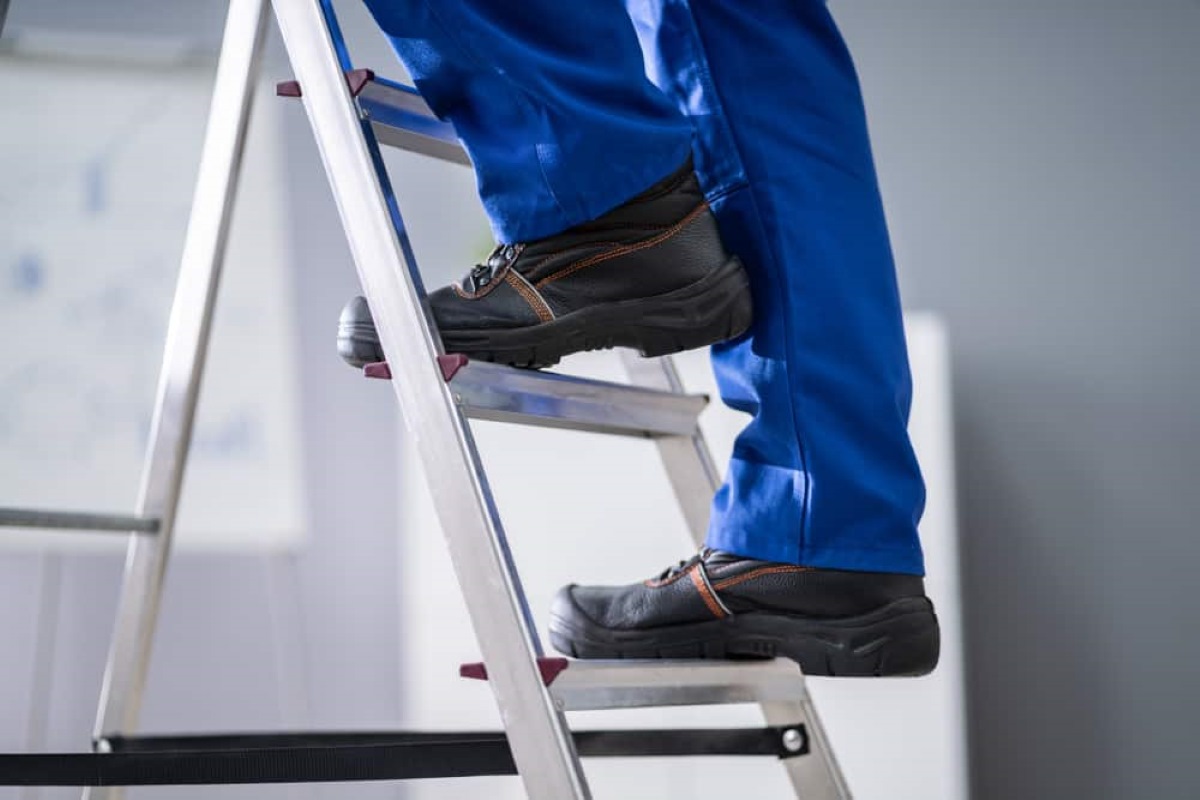
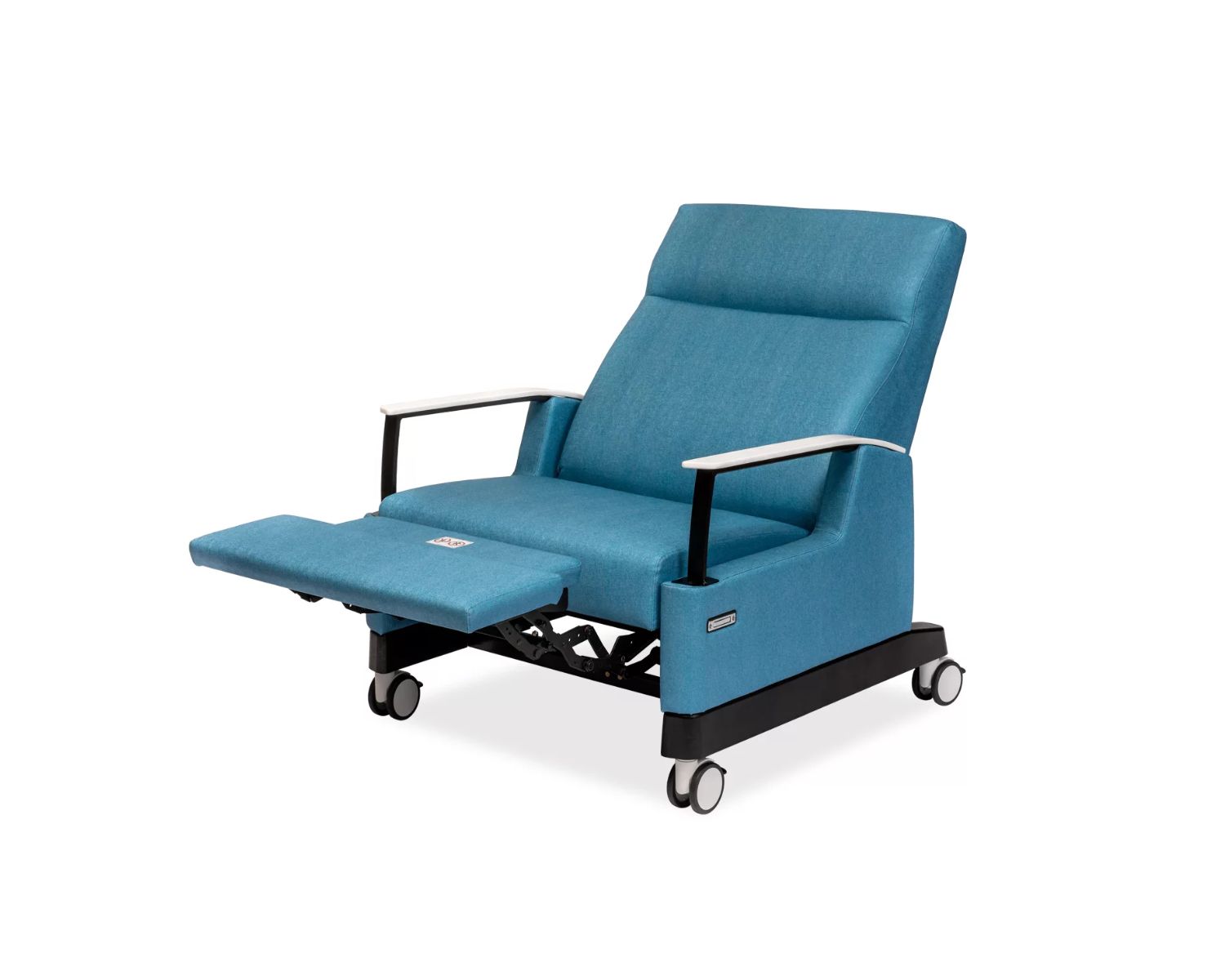
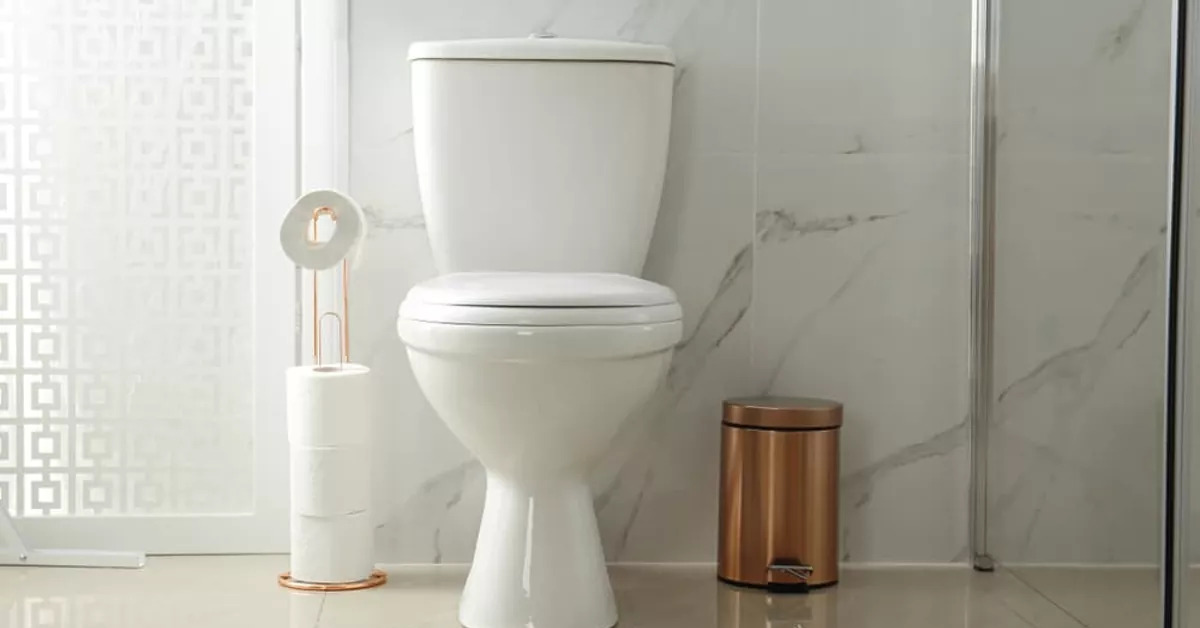
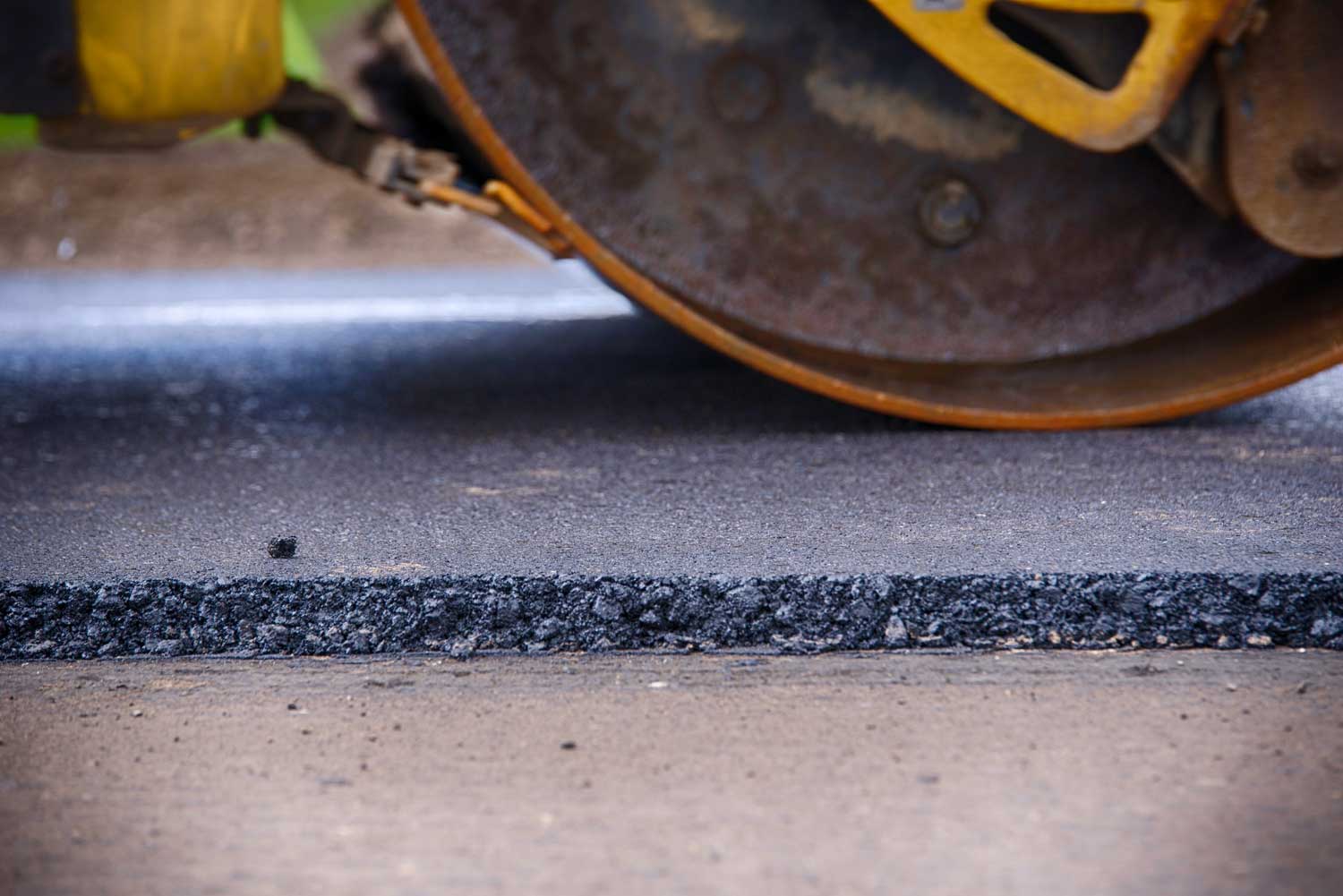

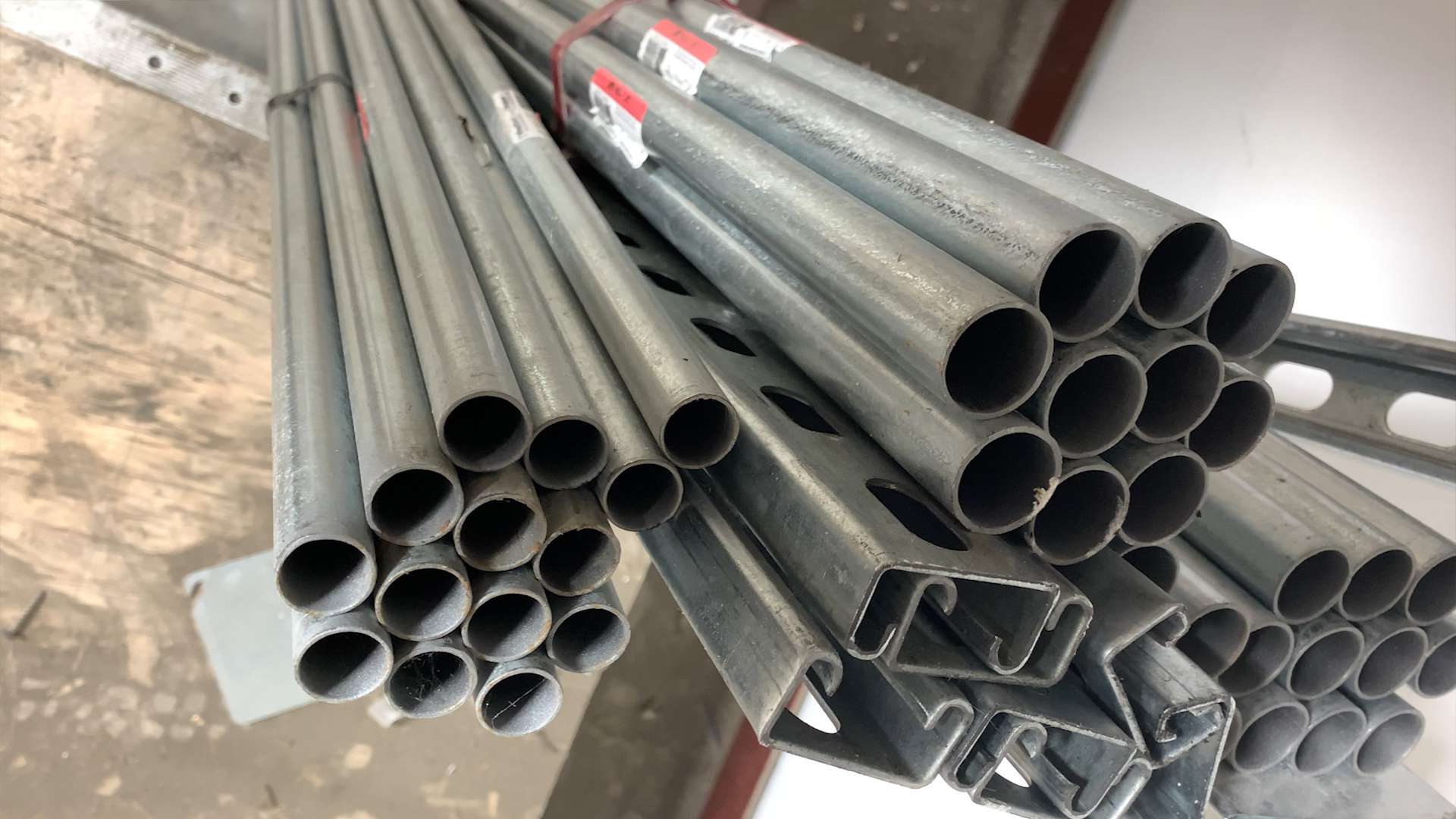


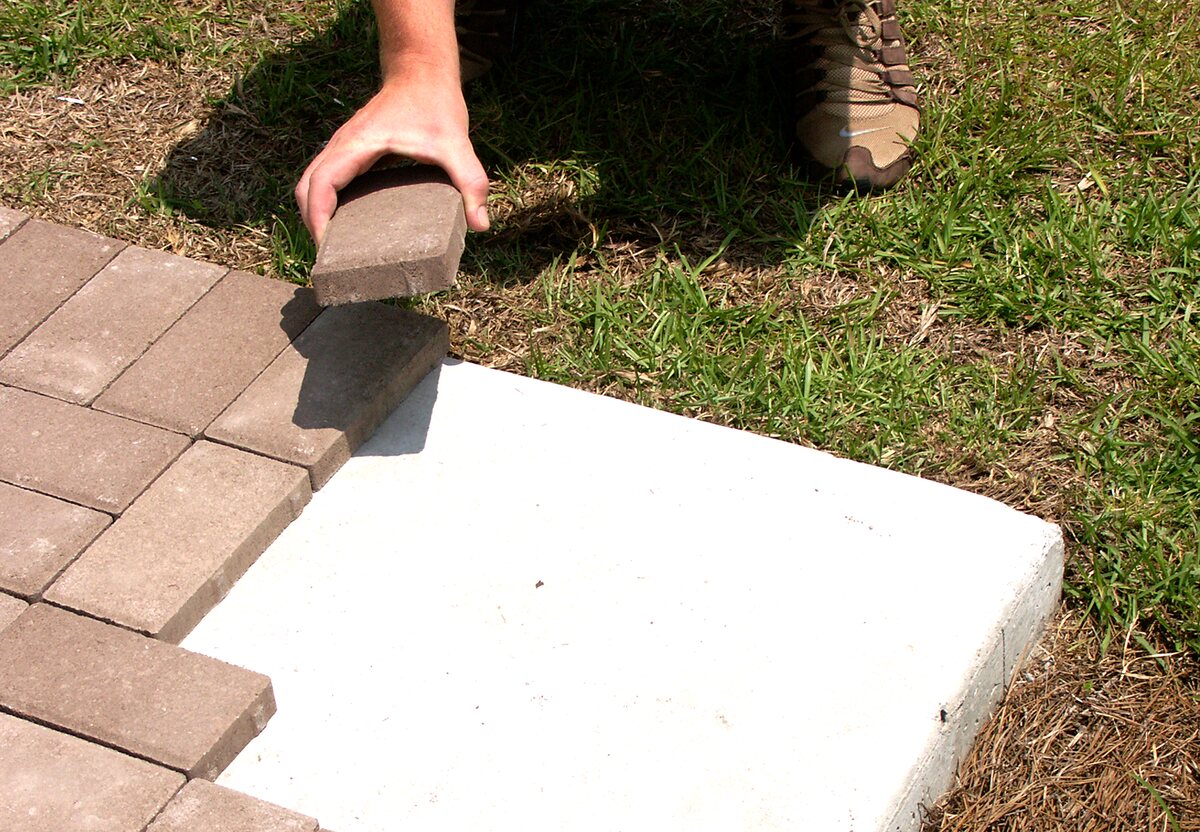





0 thoughts on “How Much Weight Can Ceiling Hooks Hold”